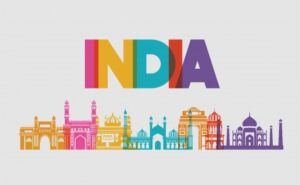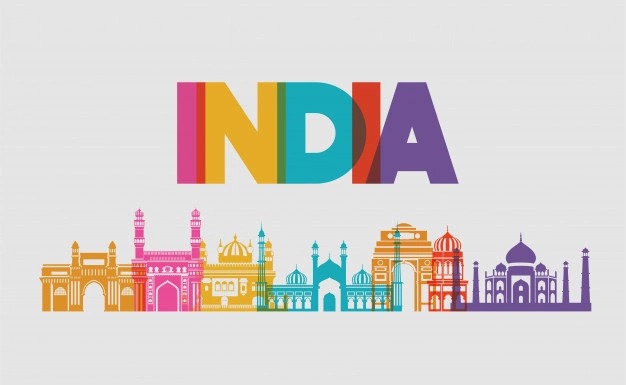Which language is being used in which state
India is, truly, a nation with a lot of diversity in every aspect. A long time back, that is, during the pre-independence period, when India, as a nation, had not come into being, there used to be princely states separated from each other by their ruler or the governor depending upon the area or the territory that they ruled or controlled.
After independence, India was established as a republic state unified by its external boundaries and divided internally by its states separated on the basis of the language spoken by the majority in those states. No language could be declared as the sole national language of India, since it is a huge area of land occupied by ethnic groups belonging to many different linguistics, cultures, communities, creeds, etc. It was, thus, decided in 1965 that the Official Languages Act be brought into effect, and in every state, a few languages be recognized as official languages of that state.






